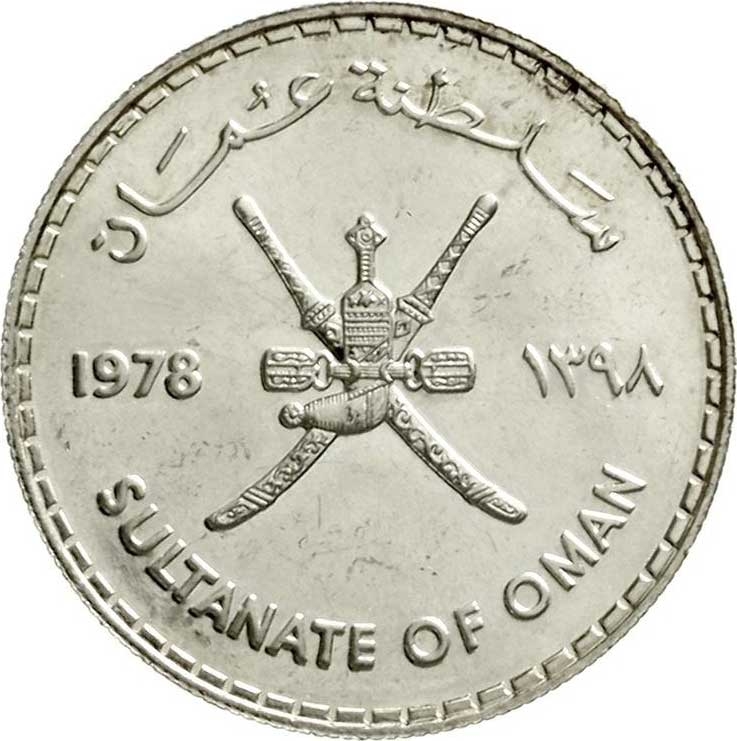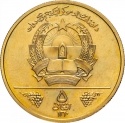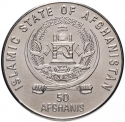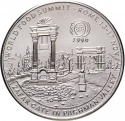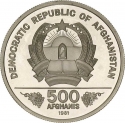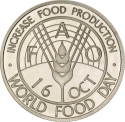You are about to finish your registration. Please check your mailbox (including spam folder). There should be a letter with a confirmation link. Check setting to make sure that your e-mail address is correct.
Send letter againDescription
Qaboos bin Said Al Said (1940–2020) was the Sultan of Oman from 23 July 1970 until his death. A fifteenth-generation descendant of the founder of the House of Al Said, he was the longest-serving leader in the Middle East and Arab world at the time of his death.
Obverse

|
National Emblem of Oman, dividing the issue dates, surrounded by the country name in Arabic above and English below. سلطنة عمان |
|---|---|
Reverse

|
Depicted the giant trevally between small arms surrounded by the legend "Rial" below the numeral value below and the inscription above. اعملوا على تنمية الموارد الغذائية |
| Edge |
1 Rial
KM# 65 Schön# 69
Related coins
Food and Agriculture Organization (FAO)
